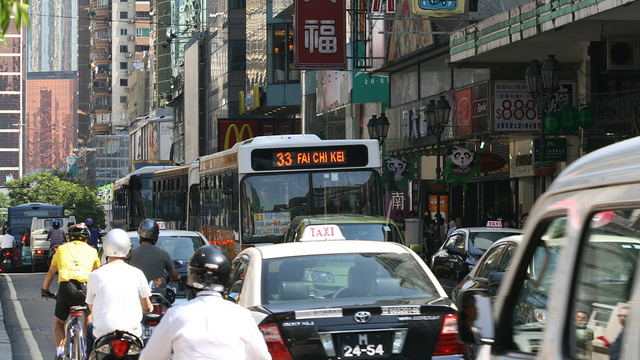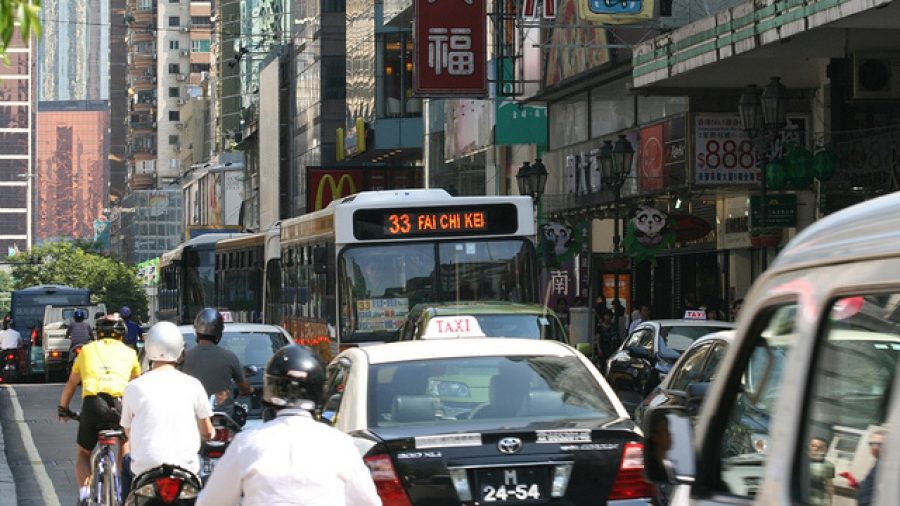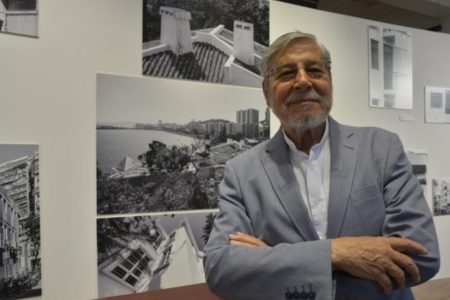The local government should introduce an adaptive traffic control system (ATCS) – a traffic management strategy in which traffic signal timing changes based on actual traffic demand – in order to tackle the city’s chronic traffic congestion, lawmaker Leong Sun Iok said Sunday.
Leong made the remarks on the sidelines of a seminar on traffic problems held by think tank Macau Wisdom Convergence Network on the latter’s premises in Ribeira do Patane district.
Leong pointed out that the number of vehicles has risen significantly in the past 10 years and has worsened Macau’s traffic congestion.
According to the Statistic and Census Services (DSEC), the number of licensed motorcycles rose from just over 98,000 in 2009 to over 131,000 in 2016, while the number of licensed automobiles climbed from about 84,000 in 2009 to almost 120,000 in 2016. The latest figures show that in August Macau had 123,348 licensed motorcycles and 114,788 licensed automobiles.
Macau’s population rose from about 538,000 in the beginning of 2009 to over 658,000 in the second quarter of this year. With an area of 30.8 square kilometres, Macau is one of the most densely-populated places in the world.
“Sometimes there are no cars on the road but the pedestrians have to wait for the traffic lights to change, and sometimes there are no pedestrians waiting to cross but drivers still have to wait for the traffic lights to change,” Leong remarked.
According to Leong, the total length of Macau’s road amounts to over 440 kilometres.
Leong noted that Hong Kong has already introduced adaptive signal control technologies, adding that Macau could learn from this, which would enable local traffic signals to immediately adapt to traffic demand in real time.






